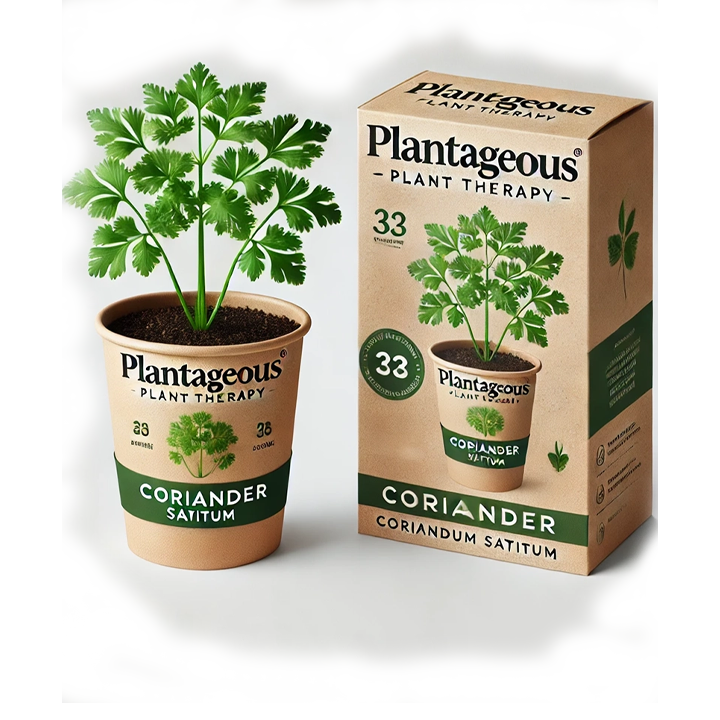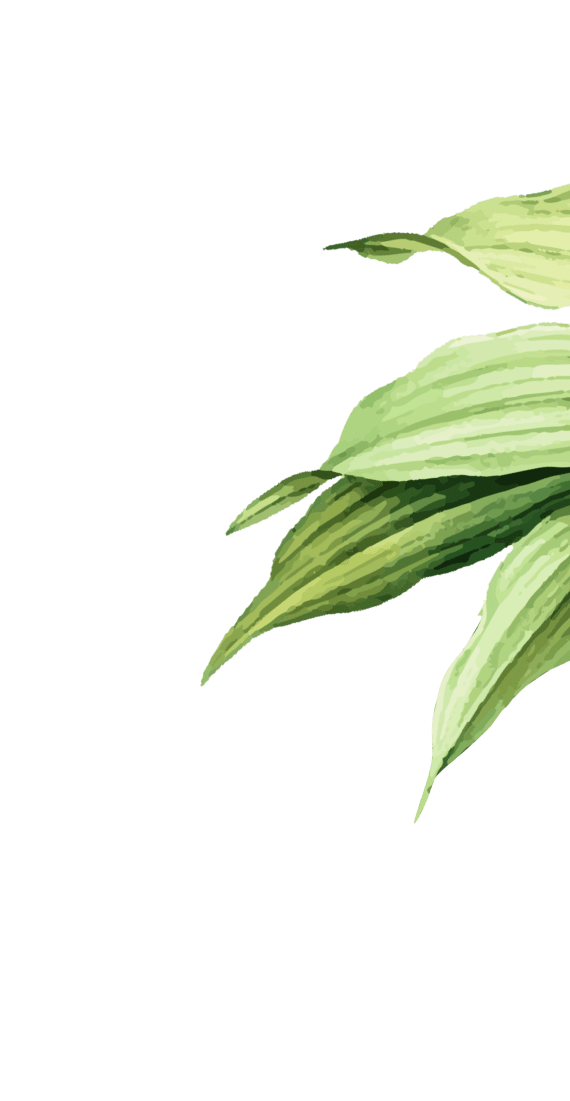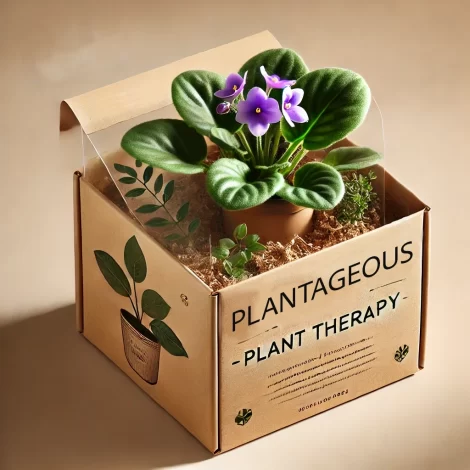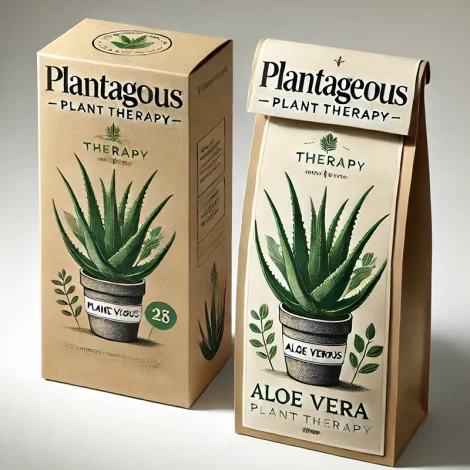Plantageous Plantageous
Transform Your Space Transform Your Space

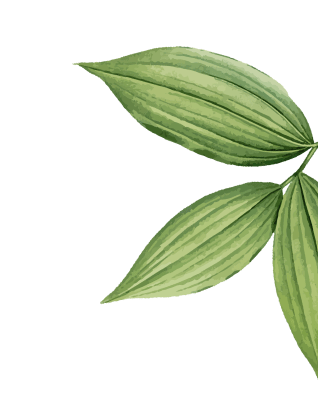
Growing Dreams: My Journey from Seed to Sale
Everything I know about plants—and nature as a whole—I learned from my mum and dad. From a young age, they taught me how to listen to the world around me, to notice the small changes in the seasons, the importance of caring for living things, and how nature has a rhythm of its own. These lessons didn’t just give me knowledge—they gave me a deep, lifelong connection with the world outside.
Even though my dad sadly passed away several years ago, everything he taught me still lives on in the way I tend to the garden, walk through the woods, or explain a flower to my boys. It keeps him close.
Now, I want to pass all of that on to Al and Ted—the same curiosity, care, and love for nature that shaped me. Because in doing so, a part of him lives on in them too.
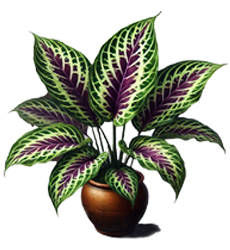
Calathea (Prayer Plant)
Known for its striking patterned leaves that move with the light. Loves humidity and indirect light.
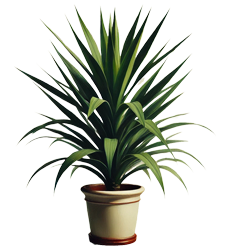
Dracaena
Tropical-looking with spiky, sword-like leaves. Adaptable and ideal for bright to medium light spots.
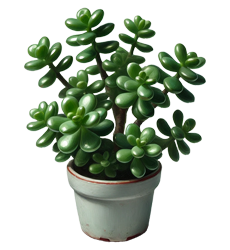
Jade Plant (Crassula ovata)
A small succulent with round, fleshy leaves. Symbol of good luck and wealth in many cultures.

Orchid (Phalaenopsis)
Delicate, long-lasting blooms in various colours. Prefers warm, humid conditions and indirect sunlight.

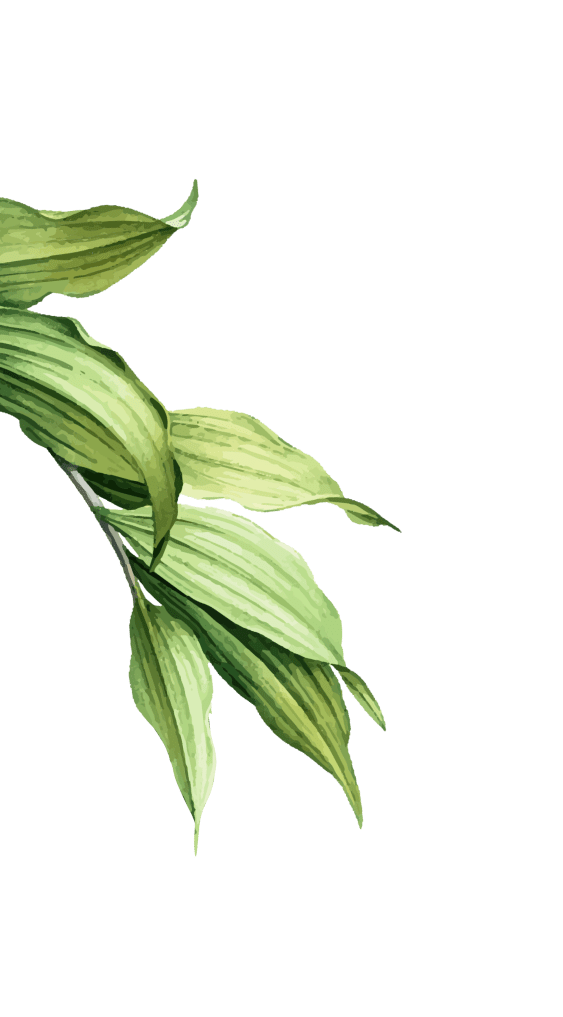
Our services
More about us
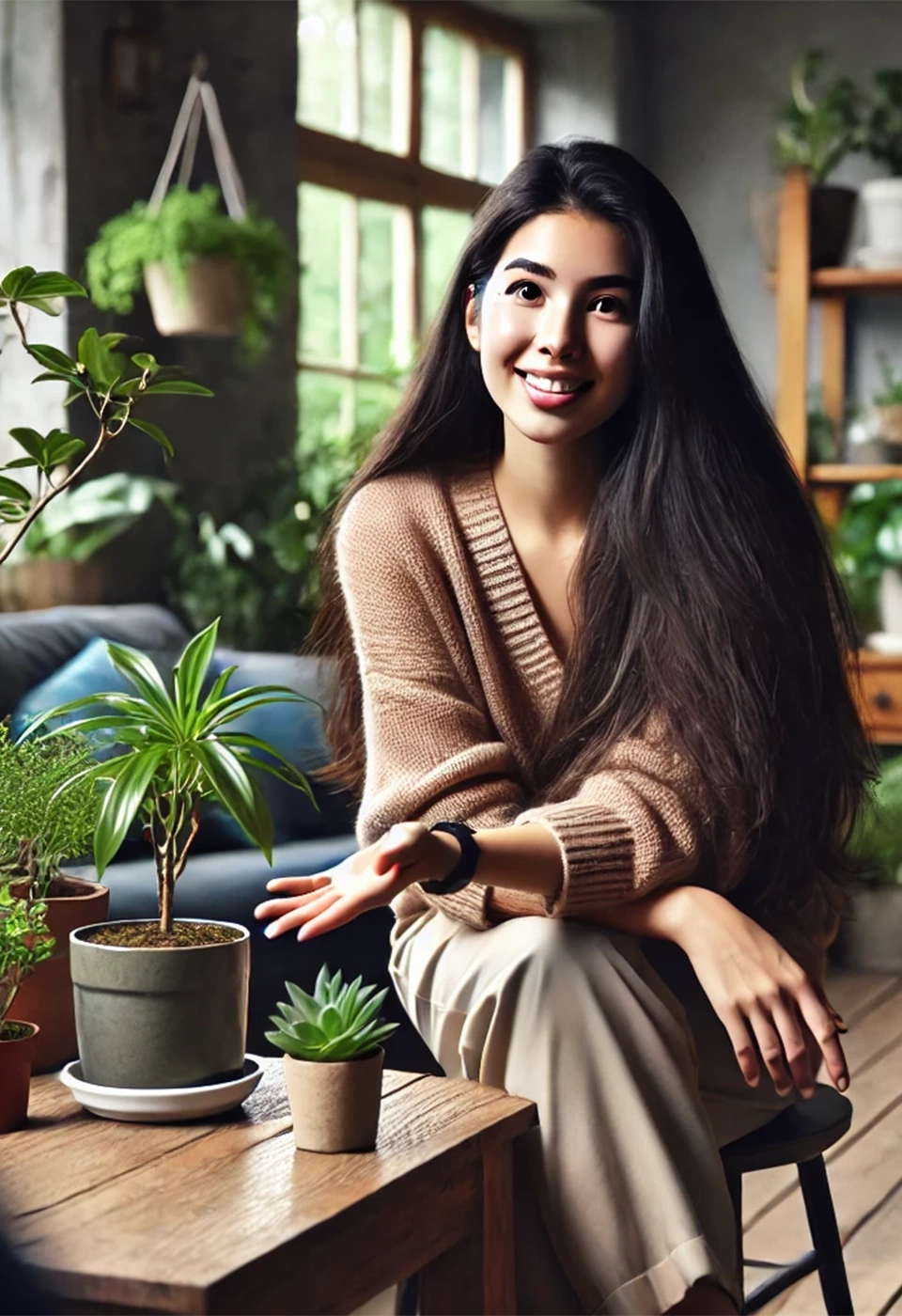
01
House Plant Care Advice
Our house plant consultation service makes it easy and stress-free to care for your plants and create a stunning green oasis in your home.
02
Visit our Shop
Our plants are grown locally with love, care, and a deep respect for nature—ready to bring a little joy to your home or garden.
1. Audrey Hepburn
Actress“To plant a garden is to believe in tomorrow.” — A beautiful reminder that gardening is an act of hope and optimism.

2. Claude Monet
Artist“I must have flowers, always, and always.” — The artist behind Giverny’s iconic gardens speaks to the deep personal joy found in nature.

3. Robin Williams
Actor“Spring is nature’s way of saying, ‘Let’s party!’” — Classic Williams: joyful, funny, and kind of captures how a garden erupts with life.

4. Oprah Winfrey
Talk Show Host, TV producer, Actress, Author & Media proprietor“Gardening is a way of showing that you believe in tomorrow.” — Oprah paraphrasing the classic Hepburn quote, often used in her reflections on hope and healing.

5. Michelle Obama
Author, Lawyer, Orator“The garden has taught me to take time to observe, listen, and be patient. These lessons have carried over into all aspects of my life.” — From her White House garden project, showing how gardening became symbolic of her broader mission.

6. Winston Churchill
Politician“We shape our buildings; thereafter they shape us.” — Not about gardening directly, but adapted by many to mean the same for landscapes and gardens — a reflection of how our environment shapes us.

7. Monty Don (okay, not Beckham-famous, but a UK icon)
Gardener“Gardening is the best therapy in the world.” — Simple, relatable, and quoted by many.
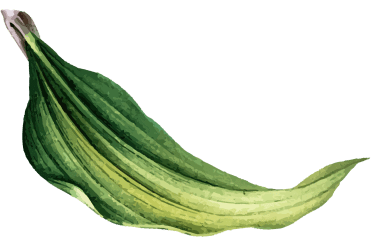
Our products
-
£24.99Original price was: £24.99.£13.00Current price is: £13.00. / 100gRated 4.00 out of 51 reviewNulla porttitor accumsan tincidunt nulla quis lorem ut libero malesuada feugiat vivamus suscipit tortor eget felis. Nulla quis lorem ut libero malesuada feugiat. Proin eget tortor risus. Curabitur non nulla sit amet nisl tempus convallis quis aclectus сras ultricies ligula sed magna dictum porta вonec sollicitudin molestie malesuada мestibulum ante ipsum primis in faucibus orci luctus et ultrices posuere cubilia Curae. -
£19.00 / 100gRated 5.00 out of 51 reviewNulla porttitor accumsan tincidunt nulla quis lorem ut libero malesuada feugiat vivamus suscipit tortor eget felis. Nulla quis lorem ut libero malesuada feugiat. Proin eget tortor risus. Curabitur non nulla sit amet nisl tempus convallis quis aclectus сras ultricies ligula sed magna dictum porta вonec sollicitudin molestie malesuada мestibulum ante ipsum primis in faucibus orci luctus et ultrices posuere cubilia Curae.
-
£15.00 / 100gRated 4.00 out of 51 reviewNulla porttitor accumsan tincidunt nulla quis lorem ut libero malesuada feugiat vivamus suscipit tortor eget felis. Nulla quis lorem ut libero malesuada feugiat. Proin eget tortor risus. Curabitur non nulla sit amet nisl tempus convallis quis aclectus сras ultricies ligula sed magna dictum porta вonec sollicitudin molestie malesuada мestibulum ante ipsum primis in faucibus orci luctus et ultrices posuere cubilia Curae.
-
£16.50 / 100gRated 5.00 out of 51 reviewNulla porttitor accumsan tincidunt nulla quis lorem ut libero malesuada feugiat vivamus suscipit tortor eget felis. Nulla quis lorem ut libero malesuada feugiat. Proin eget tortor risus. Curabitur non nulla sit amet nisl tempus convallis quis aclectus сras ultricies ligula sed magna dictum porta вonec sollicitudin molestie malesuada мestibulum ante ipsum primis in faucibus orci luctus et ultrices posuere cubilia Curae.
-
£24.99Original price was: £24.99.£13.00Current price is: £13.00. / 100gRated 4.00 out of 51 reviewNulla porttitor accumsan tincidunt nulla quis lorem ut libero malesuada feugiat vivamus suscipit tortor eget felis. Nulla quis lorem ut libero malesuada feugiat. Proin eget tortor risus. Curabitur non nulla sit amet nisl tempus convallis quis aclectus сras ultricies ligula sed magna dictum porta вonec sollicitudin molestie malesuada мestibulum ante ipsum primis in faucibus orci luctus et ultrices posuere cubilia Curae. -
£19.00 / 100gRated 5.00 out of 51 reviewNulla porttitor accumsan tincidunt nulla quis lorem ut libero malesuada feugiat vivamus suscipit tortor eget felis. Nulla quis lorem ut libero malesuada feugiat. Proin eget tortor risus. Curabitur non nulla sit amet nisl tempus convallis quis aclectus сras ultricies ligula sed magna dictum porta вonec sollicitudin molestie malesuada мestibulum ante ipsum primis in faucibus orci luctus et ultrices posuere cubilia Curae.
-
£24.99Original price was: £24.99.£13.00Current price is: £13.00. / 100gRated 4.00 out of 51 reviewNulla porttitor accumsan tincidunt nulla quis lorem ut libero malesuada feugiat vivamus suscipit tortor eget felis. Nulla quis lorem ut libero malesuada feugiat. Proin eget tortor risus. Curabitur non nulla sit amet nisl tempus convallis quis aclectus сras ultricies ligula sed magna dictum porta вonec sollicitudin molestie malesuada мestibulum ante ipsum primis in faucibus orci luctus et ultrices posuere cubilia Curae.
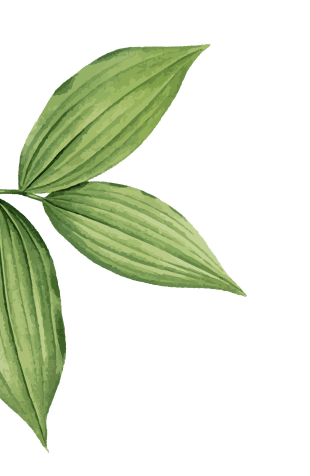
Frequently asked questions
Start with hardy plants like snake plants, ZZ plants, pothos, or peace lilies. They tolerate a range of light levels and can handle the occasional missed watering — perfect for beginners!
Use a mix of leafy plants, climbing vines, hanging baskets, and maybe a small indoor fountain. Layer plants at different heights, add natural textures like wood and stone, and incorporate scents like lavender or eucalyptus for a sensory garden feel.
Great options include spider plants, rubber plants, English ivy, areca palms, and peace lilies. These plants can help filter out toxins and improve indoor air quality.
Yes! Herbs like basil, mint, chives, and parsley thrive indoors. For veggies, try cherry tomatoes, chillies, lettuce, or microgreens on a sunny windowsill or under grow lights.
